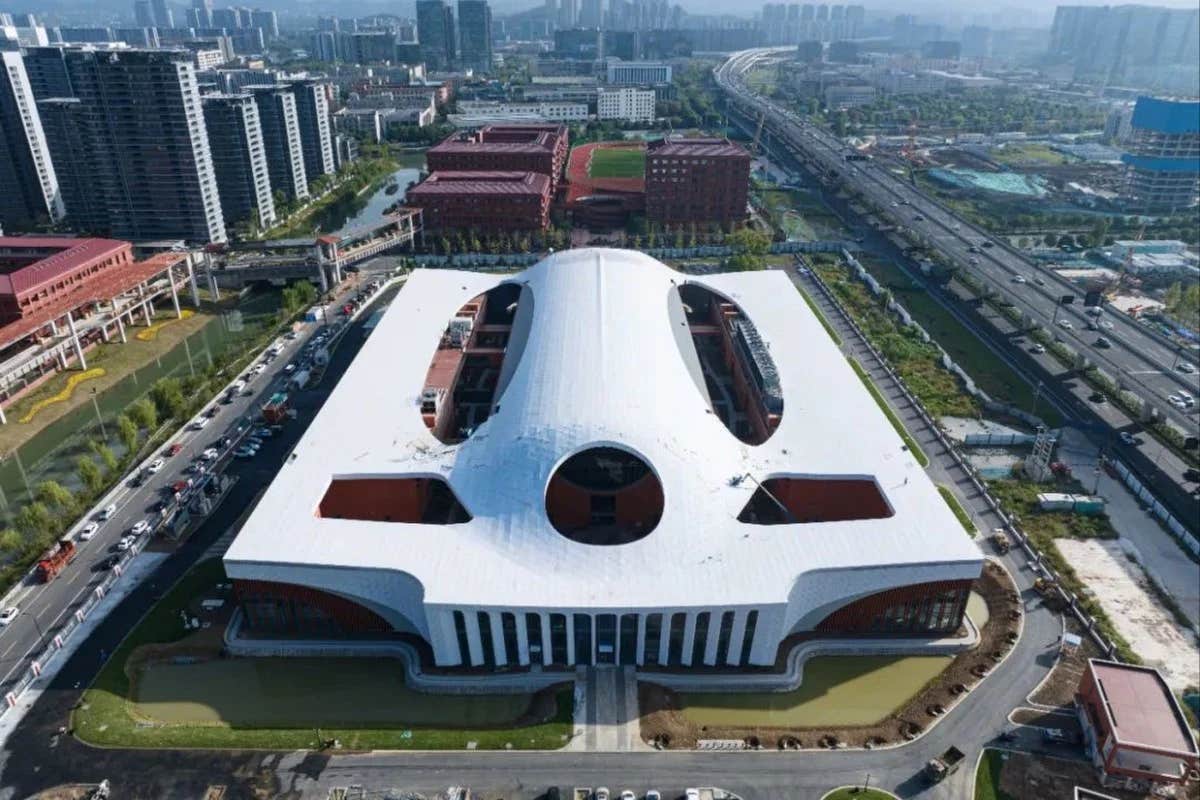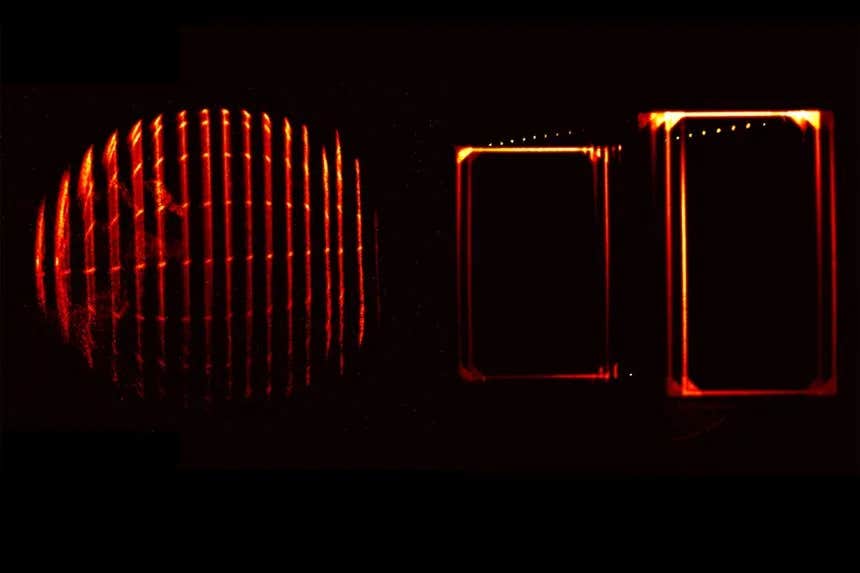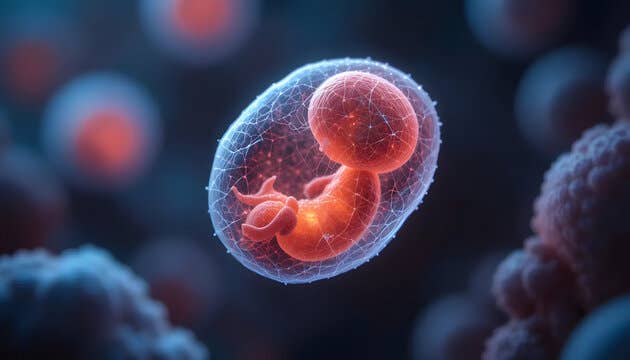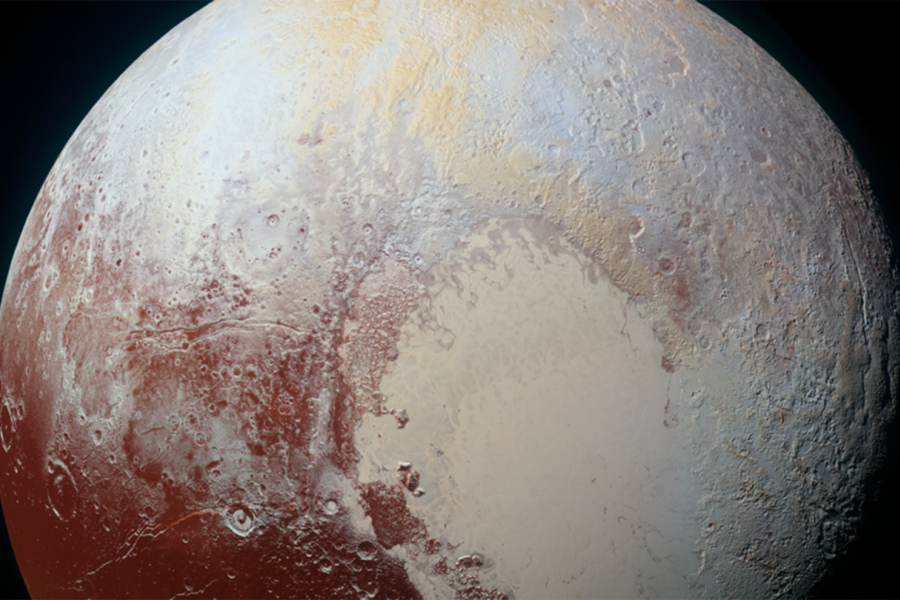Groundbreaking hypergravity facility could revolutionize our understanding of time and space
Set to transform the landscape of hypergravity research, a cutting-edge facility is rising in Hangzhou, China.

Construction of the Centrifugal Hypergravity and Interdisciplinary Experiment Facility (CHIEF) with the largest capacity worldwide kicked off in Hangzhou, E China’s Zhejiang. (CREDIT: ifeng)
Set to transform the landscape of hypergravity research, a cutting-edge facility is rising in Hangzhou, China. Known as the Centrifugal Hypergravity and Interdisciplinary Experiment Facility (CHIEF), this ambitious project nears completion and promises groundbreaking scientific opportunities.
Led by a team from Zhejiang University, the facility is designed to push the limits of hypergravity experimentation. With over 2 billion yuan in funding—roughly $286.6 million—CHIEF is set to become the most advanced center of its kind anywhere in the world.
Hypergravity refers to environments where the force of gravity greatly exceeds what we experience on Earth. These extreme conditions help scientists explore physical phenomena that normal gravity cannot replicate.
Advancing Frontiers in Hypergravity Science
At the heart of the facility are its powerful centrifuges. These massive machines spin experimental chambers at incredible speeds, creating forces thousands of times stronger than Earth’s gravity. The process flings heavier materials outward, simulating unique stress conditions.
CHIEF will house three large centrifuges along with 18 mobile experiment units. The first centrifuge is already in place, featuring two long arms that hold experimental baskets at each end. Construction on the remaining equipment continues.
Local engineering reports describe these centrifuges as a major technical achievement. They allow researchers to mimic rare and intense environments, including deep-Earth geology and high-stress material performance.
Related Stories
Innovative Solutions
Beyond physics, the facility serves multiple disciplines. Six specialized experiment chambers will support studies in seismic geotechnics, dam and slope stability, deep-sea research, geological modeling, and advanced material design.
In deep-sea engineering, CHIEF will aid the study of natural gas hydrates. These ice-like substances, found under permafrost and in seabeds, represent a vast and cleaner energy source for the future.
With such a wide range of uses and a robust infrastructure, CHIEF is set to expand what’s scientifically possible under conditions of extreme gravity.
By mimicking extreme underwater pressures, researchers can optimize extraction methods, reduce risks, and enhance efficiency. This research has implications for energy sustainability and environmental protection.
In the field of seismic geotechnics, CHIEF’s hypergravity capabilities will allow scientists to study the stability of structures like dams and slopes under extreme stress. These insights could improve the resilience of critical infrastructure in earthquake-prone regions.
Revolutionary Technology
CHIEF's capabilities set it apart from similar facilities worldwide. Currently, the most advanced hypergravity center outside China, operated by the US Army Corps of Engineers, has a capacity of 1,200 g-t (gravity acceleration multiplied by tonnes). In comparison, CHIEF will reach 1,900 g-t, enabling more ambitious experiments.
"CHIEF will fill a void in super-large hypergravity experiment facilities in China. As an indispensable experimentation device, it will provide an advanced experiment platform and offer immense support for the development and verification of major engineering technologies as well as research into cutting-edge matter-related sciences," the Hangzhou government stated.
The system’s ability to compress time and space and accelerate phase separation promises transformative advancements in fields like energy, materials science, and environmental engineering.
The facility reflects China’s commitment to advancing scientific infrastructure. Approved in 2018 by the National Development and Reform Commission (NDRC), CHIEF is part of the 13th Five-Year Plan (2016–2020), which identified 10 critical scientific projects for national development. Hangzhou’s government has celebrated CHIEF’s progress as a major milestone in Chinese science and technology.
Professor Chen Yunmin, a leading figure in the project and a member of the Chinese Academy of Sciences, emphasized CHIEF’s role in solving complex physics problems. Its ability to simulate extreme conditions, such as deep-earth and deep-sea environments, aligns with the broader goal of expanding China's technological and scientific frontiers. He also believes that facilities like this could "compress" time and space, allowing for research into many complex physics problems and serving a wide range of engineering purposes.
Shaping the Future
Beyond addressing immediate research challenges, CHIEF positions China as a global leader in hypergravity technology. Its interdisciplinary approach brings together experts in physics, engineering, geology, and environmental science to tackle some of humanity’s most pressing problems.
As the facility prepares for full operation, the global scientific community watches closely. With its unparalleled capabilities, CHIEF is poised to become a hub for groundbreaking discoveries and technological innovation.
From clean energy solutions to resilient infrastructure, the research enabled by this hypergravity facility promises to shape the future of science and engineering.
Note: Materials provided above by The Brighter Side of News. Content may be edited for style and length.
Like these kind of feel good stories? Get The Brighter Side of News' newsletter.
Joseph Shavit
Head Science News Writer | Communicating Innovation & Discovery
Based in Los Angeles, Joseph Shavit is an accomplished science journalist, head science news writer and co-founder at The Brighter Side of News, where he translates cutting-edge discoveries into compelling stories for a broad audience. With a strong background spanning science, business, product management, media leadership, and entrepreneurship, Joseph brings a unique perspective to science communication. His expertise allows him to uncover the intersection of technological advancements and market potential, shedding light on how groundbreaking research evolves into transformative products and industries.



